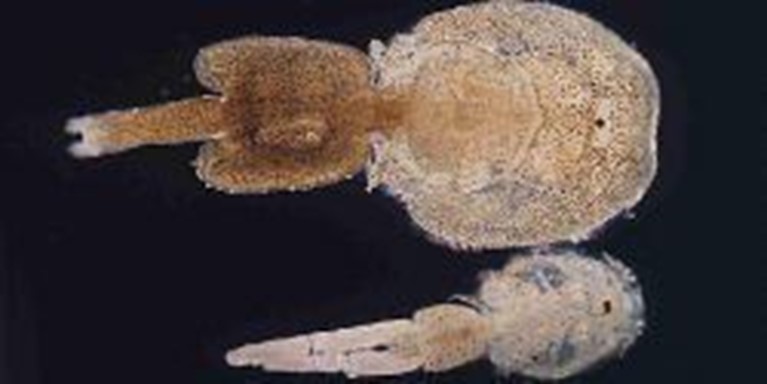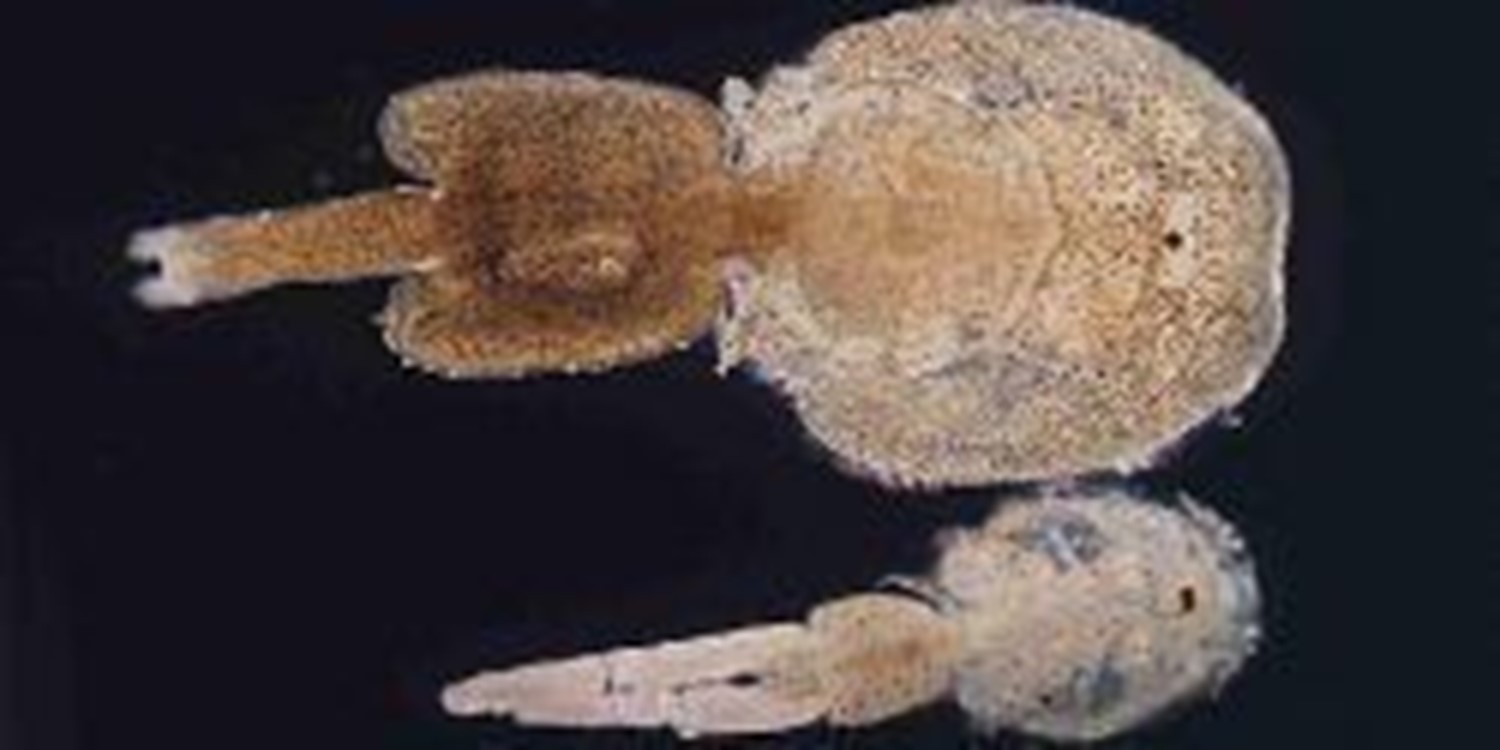INFESTATION CONNECTIVITY: it has now been scientifically confirmed that a strong connectivity driven by tidal currents exists between the farming areas of the Faroe Islands. This is the conclusion of a scientific paper, which has just been published in the international journal “Aquaculture Environment Interactions.”
The first author of the scientific paper titled ‘Identifying salmon lice transmission characteristics between Faroese salmon farms’ is Tróndur J. Kragesteen, Ph.D. student working at Fiskaaling. The co-authors are Knud Simonsen, researcher at Fiskaaling, and André W. Visser and Ken H. Andersen, who are both professors at Danmarks Tekniske Universitet (DTU) in Lyngby.
In the paper it is shown how the tidal current between the islands can carry salmon lice between the farming areas of the Faroe Islands. The research has been conducted by applying a particle-tracking model to the results of previous tidal current simulations. The smartphone app for displaying tidal currents uses the same computer simulations.
The results show that within the 16-17-day louse lifespan between hatching and having to find a host it is possible for all of the farming areas to spread the infestation to one another to a certain extent.
It has also been confirmed that the areas differ quite a bit. Some areas predominantly send particles out to other areas, while others are predominantly recipients. There are also some areas, which are mostly infected by particles originating from themselves. This is commonly called self-infection.
One of the main reasons for the strong connectivity between the farming areas is the existence of an on-average clockwise current around the islands, which is driven by the interaction between the regularly alternating tidal currents and the sloping seabed.
The simulations show that when the particles have entered the tidal current and the perpetual on-average clockwise current they can travel relatively far in a short time. Some farming areas are in or close to such areas, while others are located in more sheltered fjords, and then it may take a bit more time for the particles to enter the strong current at the mouth of the fjord.
The results show that in the case of most farming areas more than 50 percent of the particles travel farther than 50 kilometres from the farming area. In the case of a few areas about 10 percent of the particles travel farther than 80 kilometres from the farming area within the approximately two weeks that a salmon louse can survive in the sea. On the other hand, the on-average clockwise current around the islands ensures that only a few particles escape the Faroe Shelf if the wind does not take them.
The effects of wind and freshwater on the current has not yet been considered in this research. Nevertheless, it is estimated that this new knowledge could be beneficial in connection with the development of plans to combat infestation – in this case of salmon lice.
The paper is part of Tróndur J. Kragesteen’s Ph.D. project, which he in collaboration with Fiskaaling is undertaking with Denmarks Tekniske Universitet (DTU). The project is funded by the Danish Innovationsfonden, Research Council Faroe Islands, and Fiskaaling.
The paper in its entirety can be read at this link:
http://www.int-res.com/abstracts/aei/v10/p49-60/
Anyone interested in knowing more about the results of the Ph.D. project is welcome to contact Tróndur J. Kragesteen, trondurk@fiskaaling.fo, tel. +298 77 47 36.


